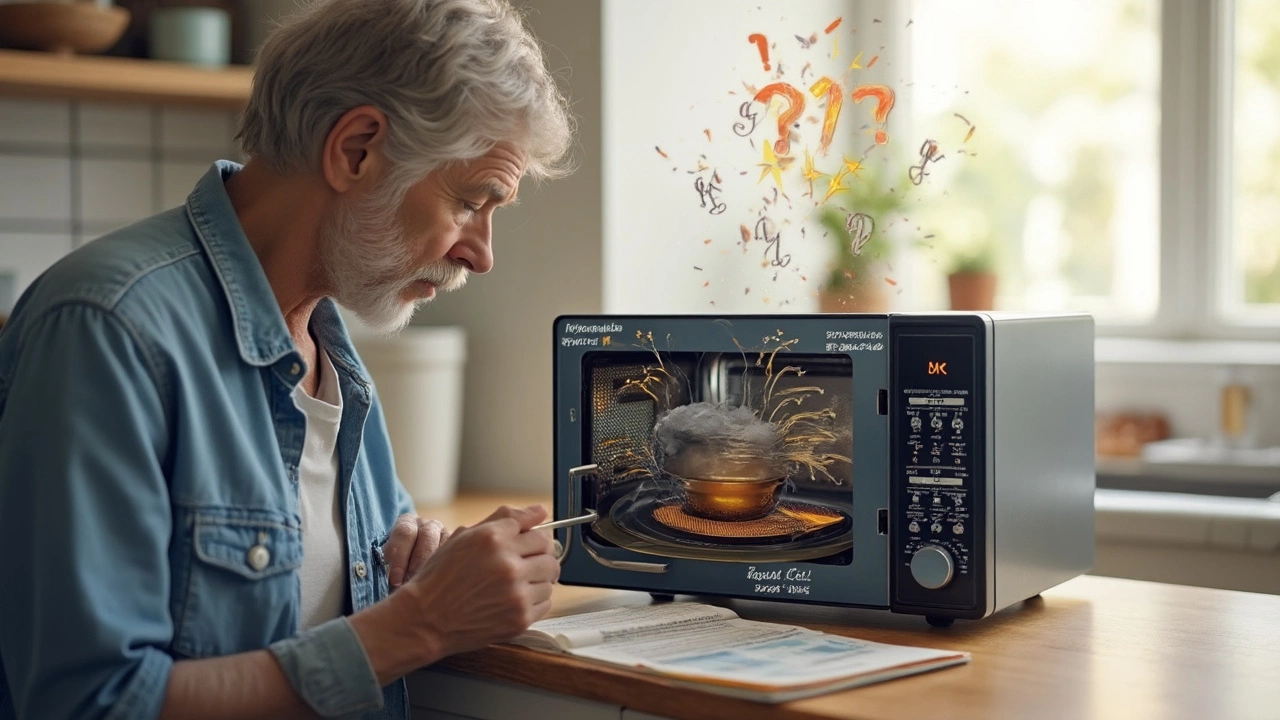Faulty Parts: How to Find and Fix Common Appliance Problems
Ever wonder why your washing machine stops spinning or your fridge stops cooling? Most of the time it’s a single part that’s gone bad. Spotting that faulty part early can save you time, money, and a lot of hassle.
First, listen. Strange noises, rattles, or buzzing often point to a worn motor, a loose belt, or a failing fan. Next, look for leaks or odd smells – a leaking water heater tank usually means a corroded anode rod, while a burnt smell from a dryer hints at a bad heating element.
Typical Faulty Parts in Everyday Appliances
Below are the parts that fail most often and quick ways to check them:
- Washing machines: belts, door seals, and pump hoses. A belt that’s frayed won’t spin the drum; a cracked seal causes leaks.
- Fridges: compressors, evaporator fans, and thermostat switches. If the freezer stays cold but the fridge warms up, the fan might be stuck.
- Ovens and hobs: heating elements, temperature sensors, and control boards. An element that’s darkened or cracked won’t heat properly.
- Water heaters: anode rods, heating elements, and pressure relief valves. Calcium buildup around an element shows up as white crust.
- Microwaves: door switches and fuses. If the microwave hums but doesn’t heat, the high‑voltage diode could be the culprit.
Most of these parts are cheap and easy to replace if you have the right tools. A screwdriver, a socket set, and a user manual are often enough.
When to Fix It Yourself and When to Call a Pro
If the faulty part is visible and you feel comfortable removing it, go ahead. Replacing a dishwasher pump or a fridge door seal usually takes under an hour. Below are some rules of thumb:
- DIY‑friendly: belts, filters, seals, simple screws, and parts that don’t involve gas or high voltage.
- Call a pro: compressors, gas valves, complex electronics, or anything under warranty.
Never attempt a repair that could put you at risk of electric shock or gas leaks. A licensed technician will have the safety gear and knowledge to handle those jobs safely.
After you replace a part, run a short test cycle. Make sure the appliance operates normally and watch for any new noises or leaks. If everything looks good, you’ve saved a repair bill and extended the life of your appliance.
Remember, regular maintenance helps catch faulty parts before they cause a breakdown. Clean filters, check hose connections, and run a quick visual inspection every few months. A little preventive care goes a long way.
Got a stubborn appliance that keeps failing? Jot down what’s wrong, compare it to the common faulty parts listed here, and decide whether a DIY fix or a professional call is the best move. Either way, you’ll be in control of your home’s biggest helpers.

Microwave Repair: What Usually Goes Out and Why
Ever wondered what usually breaks on a microwave? This article walks you through the main parts that often stop working, with practical info on why they fail and what you can do about it. You'll find down-to-earth tips on spotting common issues, along with ideas for quick fixes before calling for repairs. We’ll also talk about when it’s worth fixing versus replacing your microwave. If you want to get your microwave humming again, you’re in the right spot.